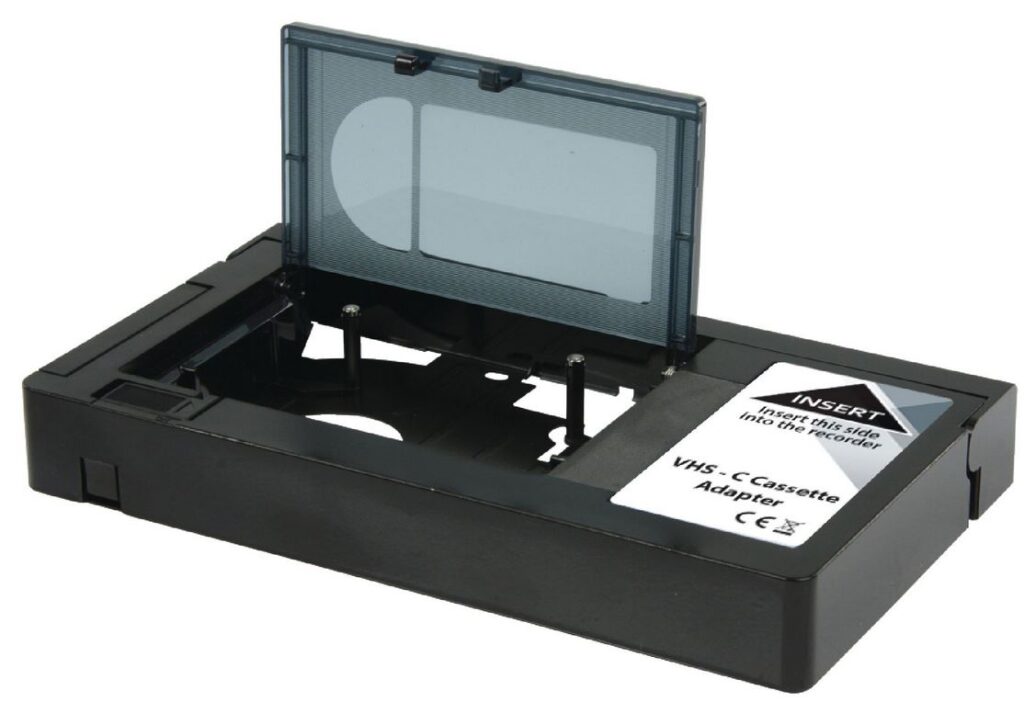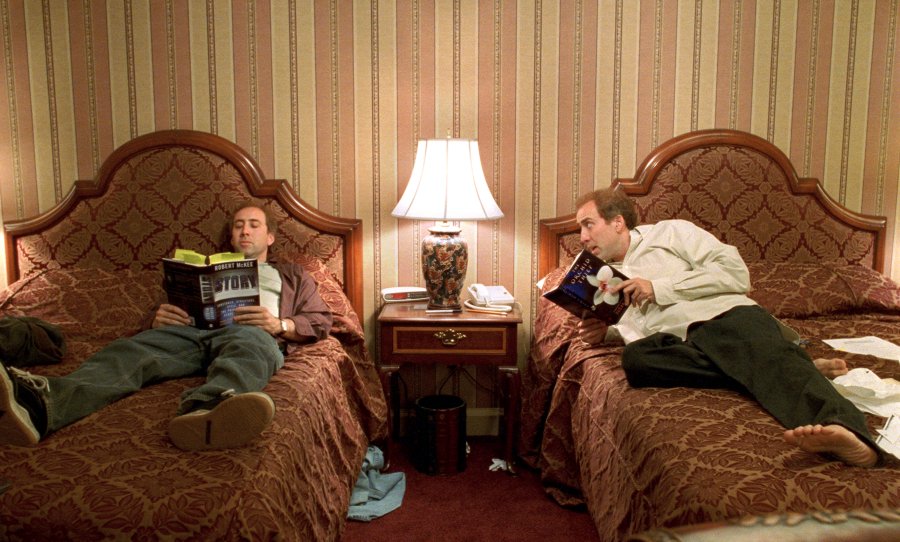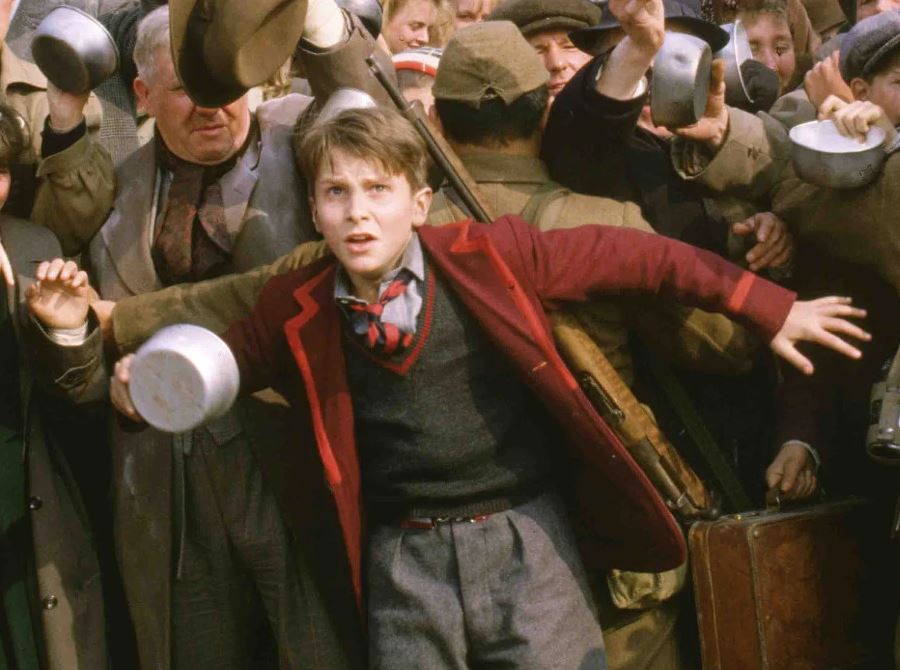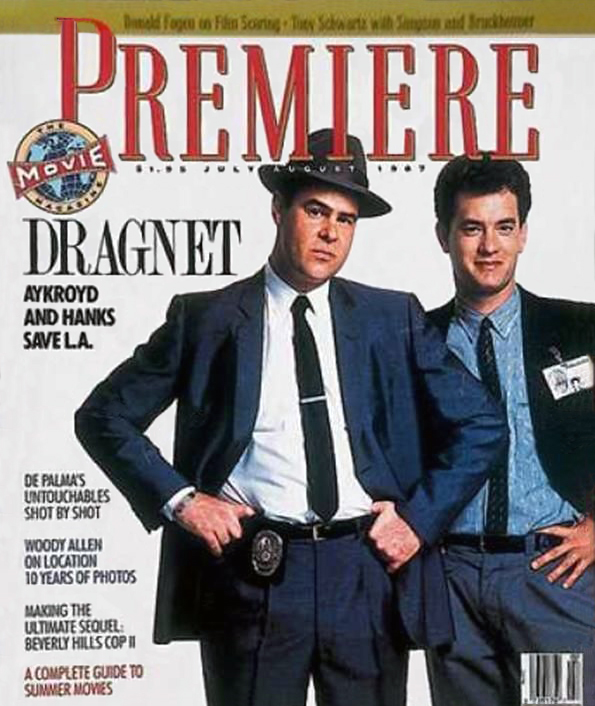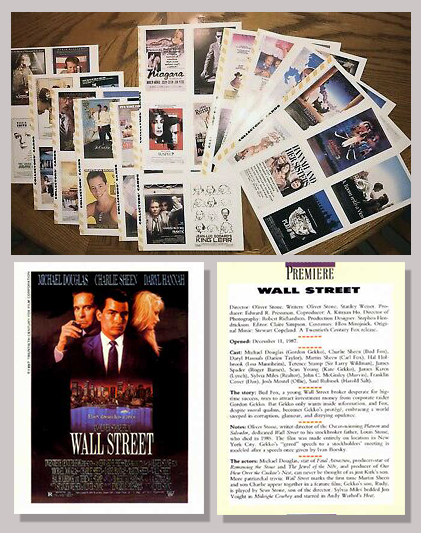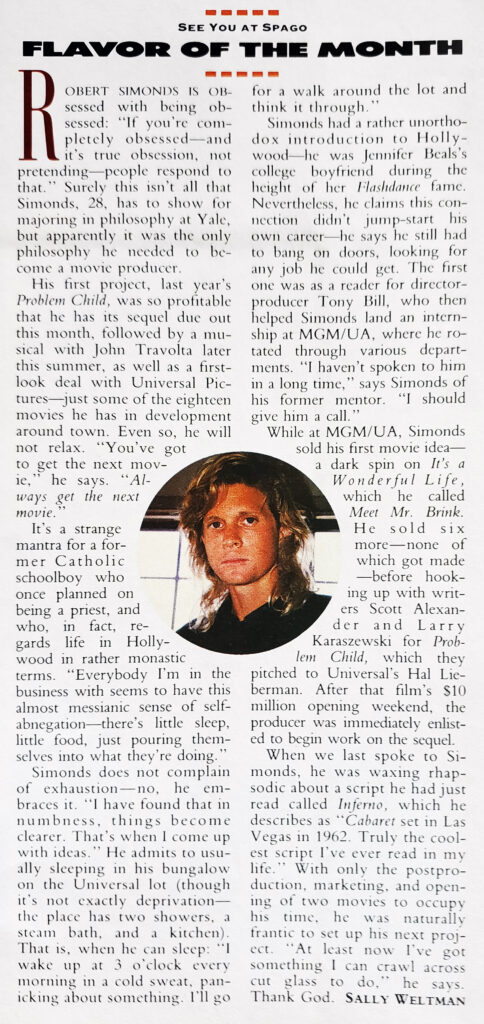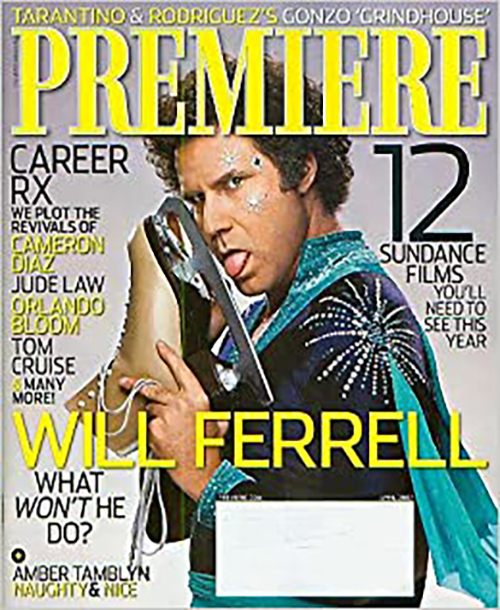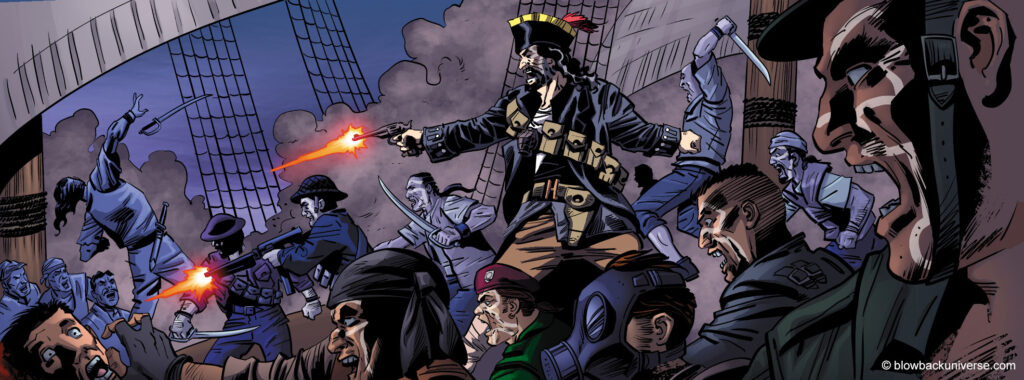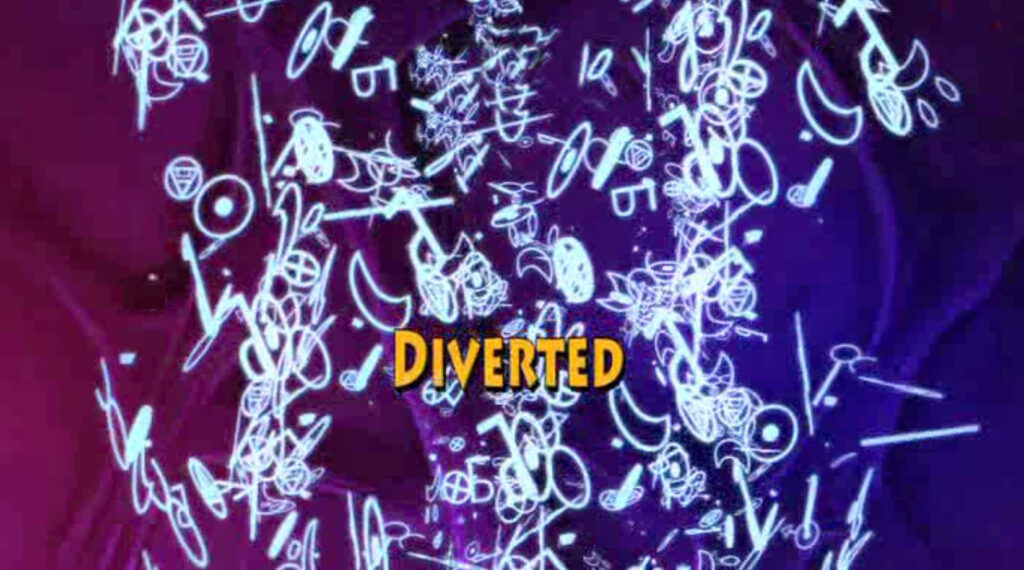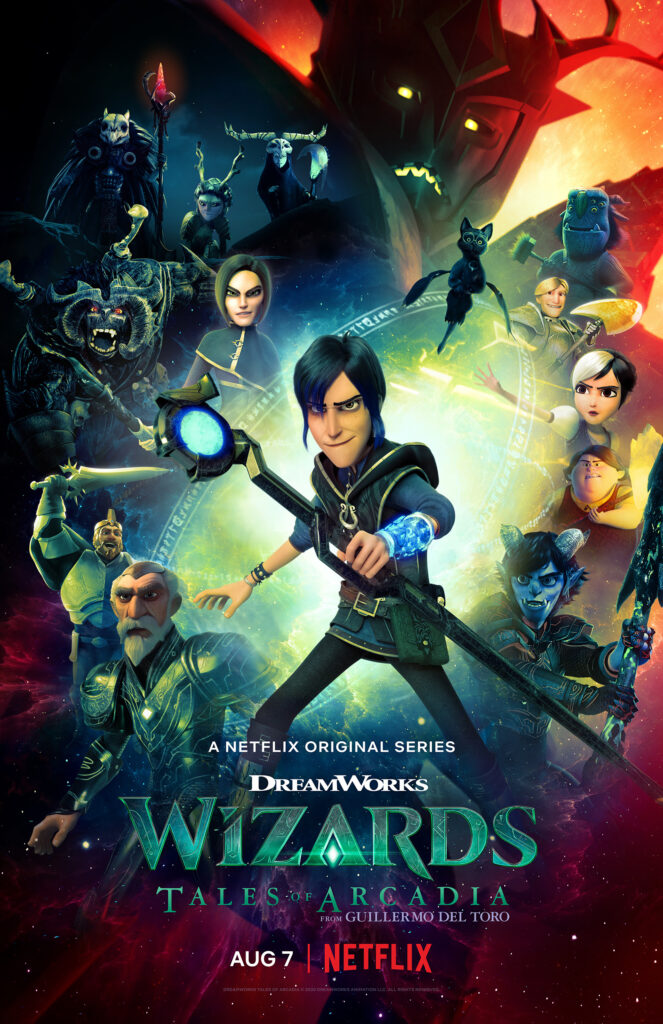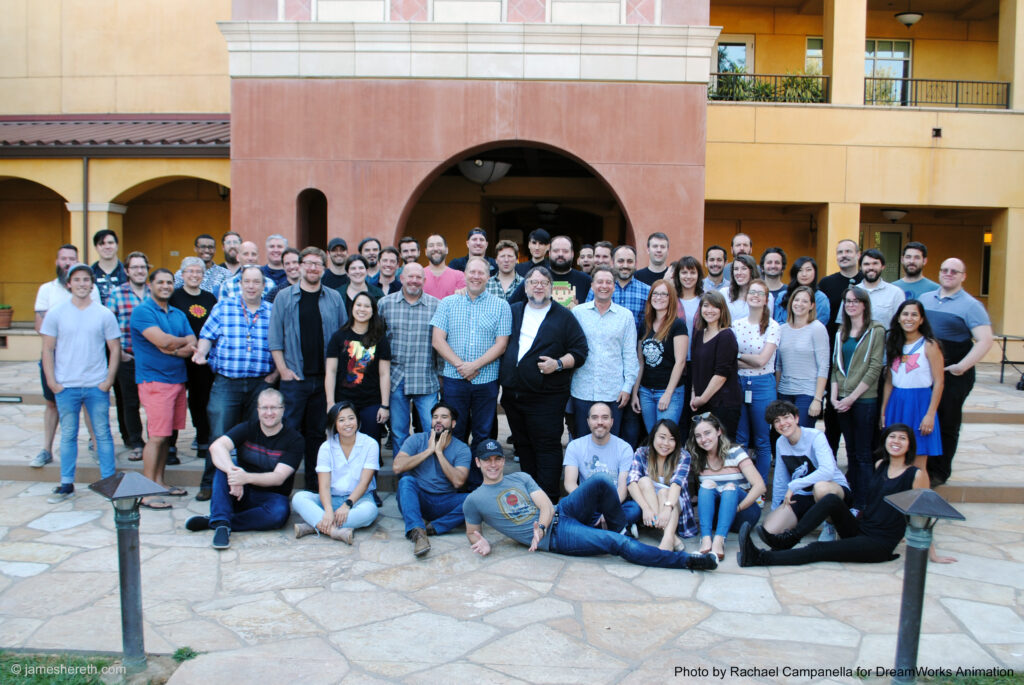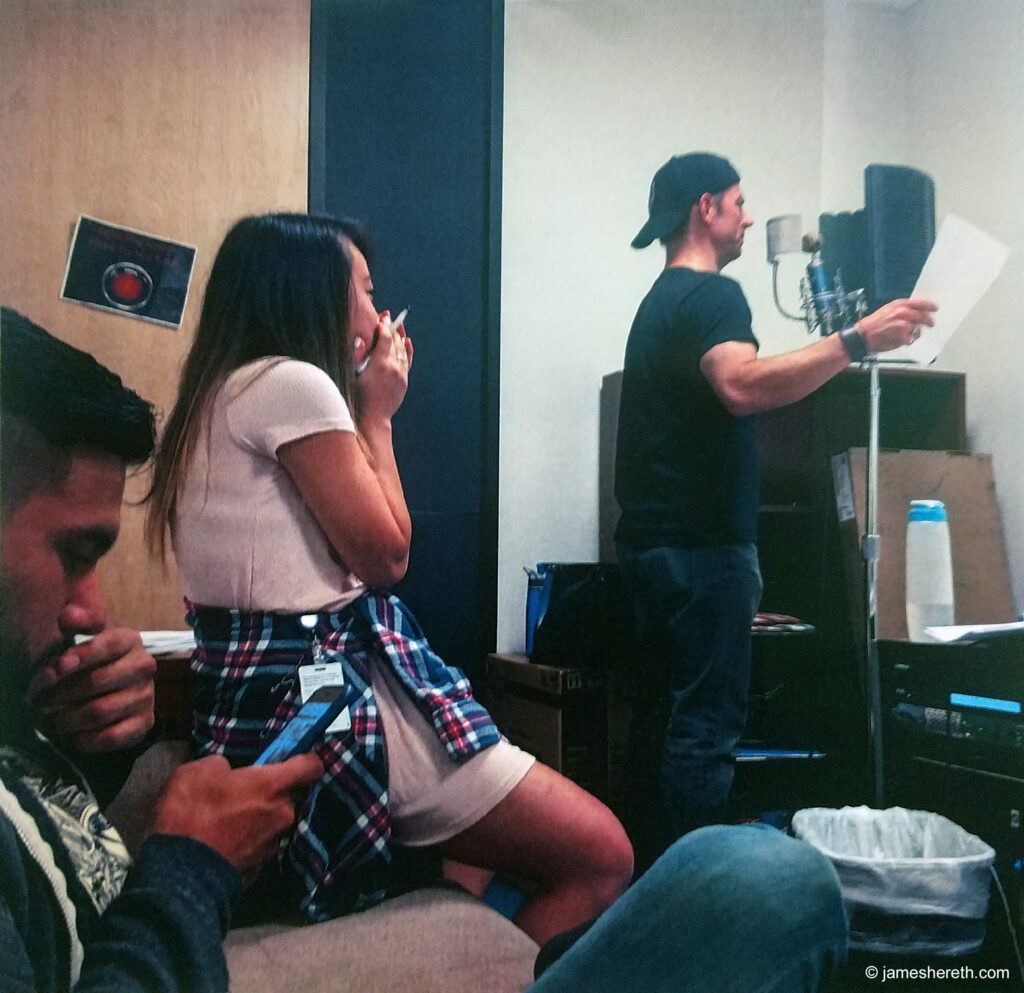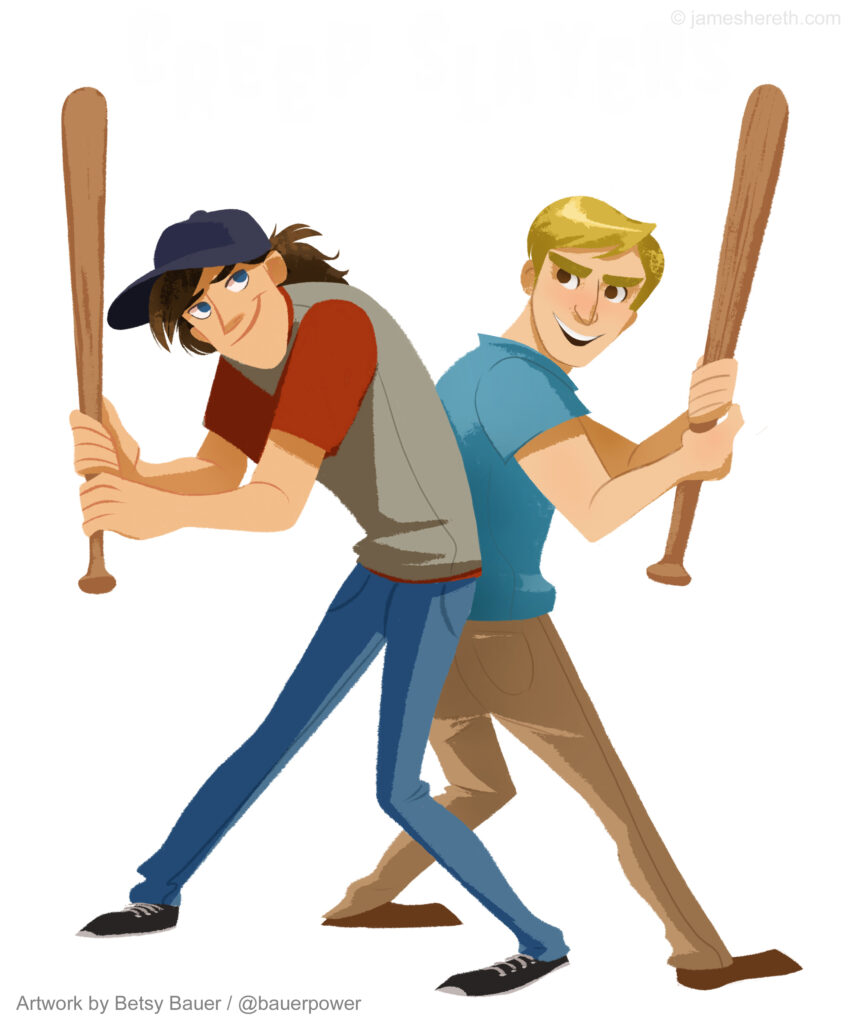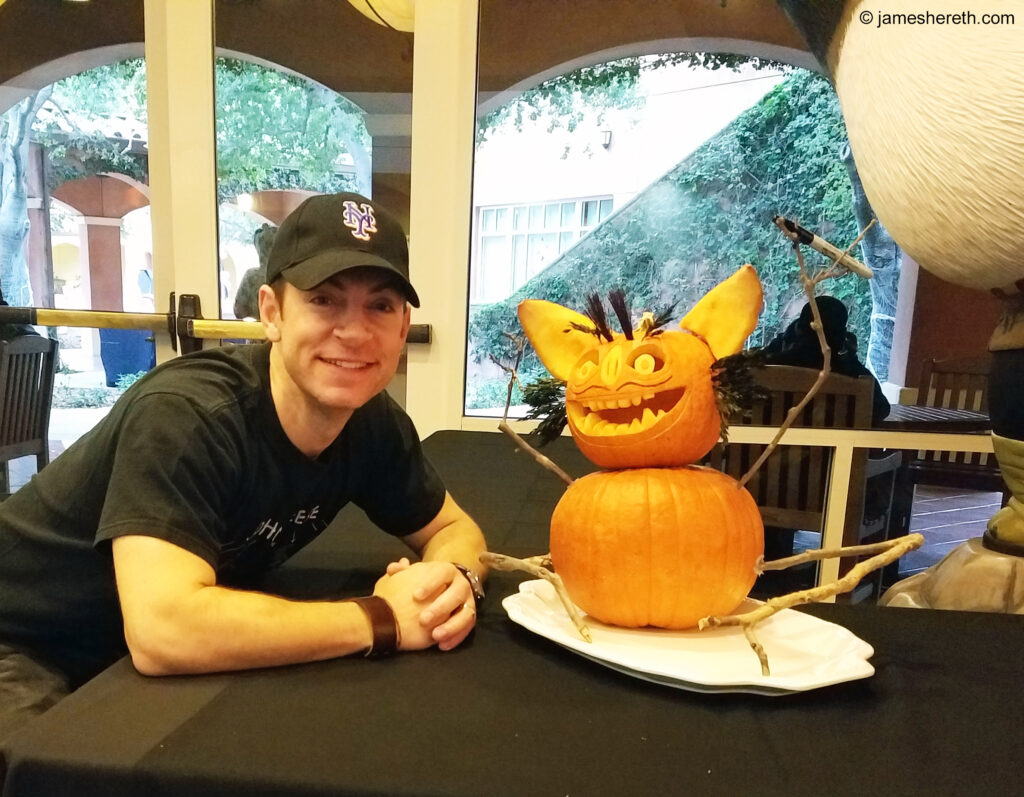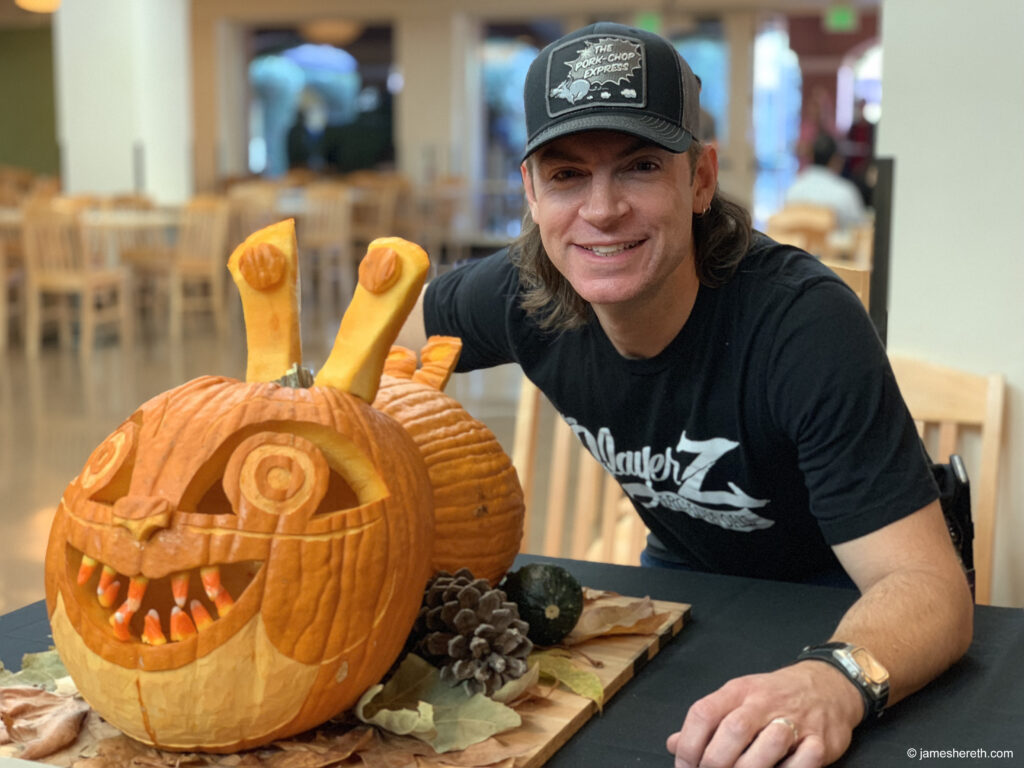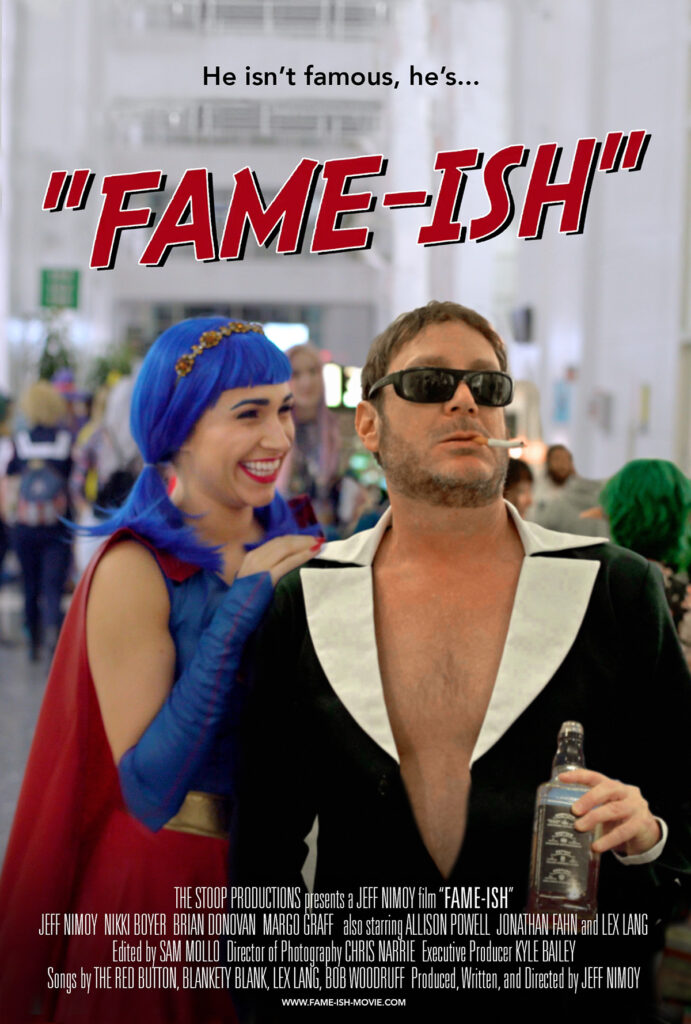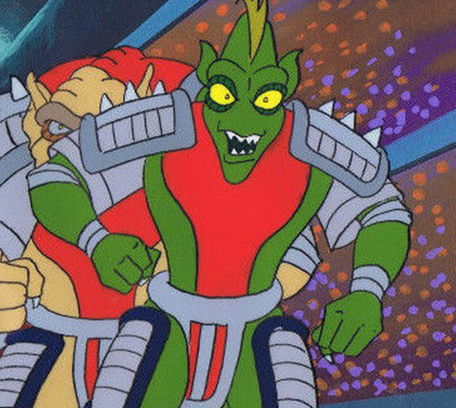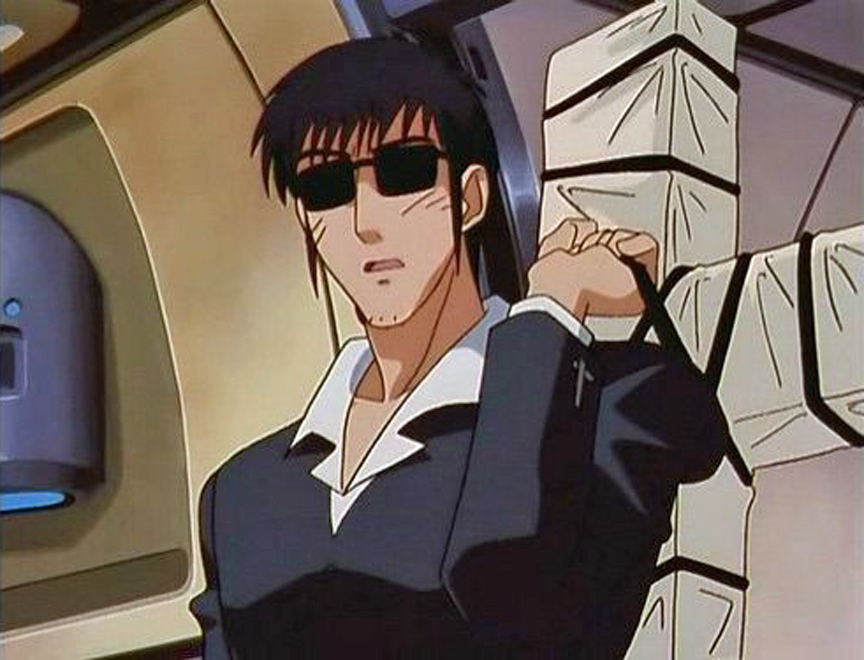If you hope to work professionally as a screenwriter, you’re going to become very familiar with notes. I was very familiar very early on and I was not a fan.
As we went through the notes process for the first scripts on Mowgli: The New Adventures of the Jungle Book, fellow writer/creators, Tim Bogart, Guy Toubes, and I, would drive across town to the Fox Kids offices for feedback and discussion.
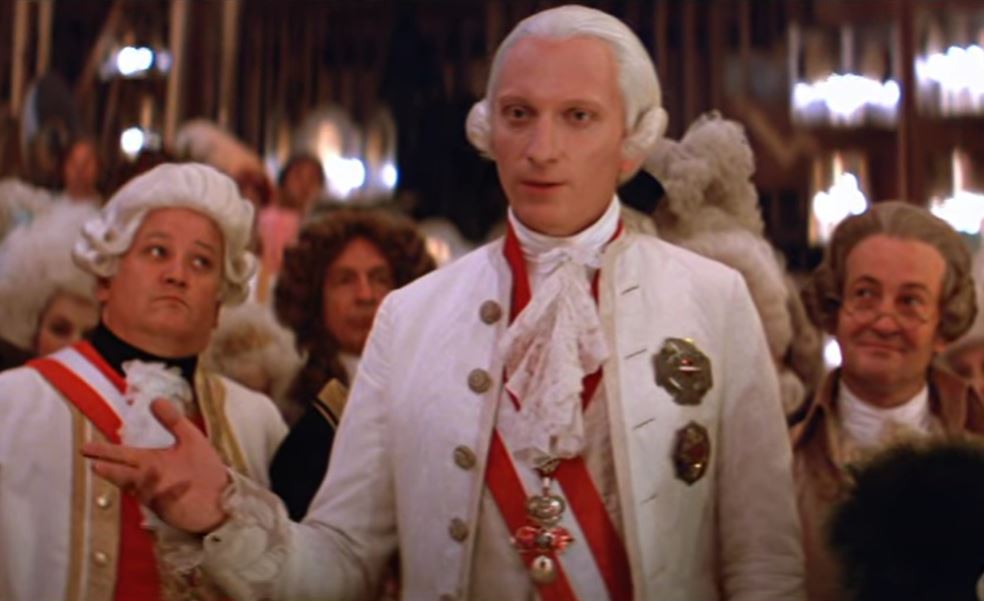
Back then, I had an unhealthy attachment to what had already been written, and bristled at requested changes. Especially when those changes seemed arbitrary or recklessly tore at the foundation we had so carefully built on throughout the episode.
And for what?
Some writers have a sneaking suspicion that executives feel they’re required to give notes, otherwise, why do they even have a job? The result is that even great scripts are bombarded with needless changes, suggestions, and opinions.
Perhaps that’s just paranoia. Perhaps not. But it can make you second guess how much effort you should put into making everything perfect in the first place, when it’s inevitably going to be ripped apart.
Back to the story…
I didn’t get along well with one of the Fox executives. I didn’t like them, and they didn’t seem too fond of me either. One time, Tim, Guy, and I arrived for a notes meeting and that executive had us sit in the waiting room for around a half hour beyond the meeting time.
My theory is that it was because they hadn’t read the script beforehand, and instead did so while we stood by. Unconfirmed, but you can see where I was coming from, right?

Regardless, when the actual notes meetings inevitably went on, I didn’t have the best poker face and would silently, but clearly, reveal what I thought about the feedback. Understandably, my collaborators were less than thrilled that I was cultivating a hostile relationship with the studio that was financing our show.
For obvious reasons, there was much rejoicing later on when schedules required doing notes via conference call instead. I was able to gesticulate as much as I wanted and we were still able to keep our jobs.
So, is it possible that notes are always superfluous and pointless?
If you’ve seen Seth Rogen’s Green Hornet, you realize that not only can script notes be good and helpful, every so often… not enough are given.
IN A PROFESSIONAL SETTING
Despite the preceding story, I don’t think notes are the enemy. Even if it feels like they are a lot of the time.
And even when it comes to notes I don’t agree with, I’ve managed to mellow over the years to a more productive recipient.
Here’s my core advice: Do the notes and do them well. That script you wrote isn’t just yours anymore. It’s part of a production now and even people whose opinions you might not share, are still trying to facilitate a great result.
Not that that means they necessarily convey them well. Some people are great at giving notes, while others are – for lack of a better word – a**holes.
I find for the most part, that notes from story editors (who are also writers) tend to have an understanding tone of what it took to get where you got. And also an understanding of what it will take to incorporate that note. When they’re passing along executive notes, they also acknowledge when something doesn’t make sense. You feel like you’re in this together.

The second category gives notes (even thoughtful ones) like an attack. Similar to the stereotype, they talk down to the writer with derision or disgust about anything they don’t like.
The thing is, even if a script is lacking, development executives should be trying to get it to where it shines. They don’t have to walk on eggshells, but insulting the person they want to follow their notes isn’t especially productive or collaborative.
That being said, you still have to do the insulting notes. You can vent to your writing partner if you have one, your life partner if you have one, or even a friend (I’ll assume you have one). But once the venting’s done, it’s time to get to work.
When you’re in that next draft, be conscious of how that change affects the pages that led up to it and the pages that follow. As mentioned earlier, a lot of note-givers don’t consider the collateral damage, so it’s up to you to properly execute. Don’t just shoehorn that change in. Seamlessly integrate it like it was part of the story’s DNA all along.
And for those writers who talk about standing their ground and not making changes? That will more than likely cost you your next job, if not the one you’ve already got. No producer or studio or network wants to work with a “difficult” writer. And nobody wants to work with a writer who can’t or won’t execute notes.
That doesn’t mean you can’t ask questions. Sometimes deciphering a note that doesn’t seem to make sense might take a little analysis and follow-up. This might lead to an understanding that the problem they thought was in one place, actually needs to be fixed somewhere else.
IN A CASUAL SETTING
Notes that come from a fellow writer or maybe a writing group are handled a little different.

Here, everything is voluntary. And how you respond to those notes is entirely up to you.
To start with, though, you should listen with an open mind. Do the notes make sense to you? Do you agree with them? Will addressing them make your script better, or just different?
Sometimes people give notes to steer the script toward the movie or show they’d like to see, but possibly not the one you’re trying to write. Don’t let feedback make you lose track of the story you want to tell.
Even if you don’t like or agree with a specific note, though, if you find yourself getting that same one multiple times from multiple people, you might want to take a closer look. Something’s probably not working somewhere and needs your attention.
_______
Obviously the writer I was early on needed to learn how to play well with others. It’s always good advice. As I’m sure you’ve heard a million times before, this business is primarily a collaborative one.
Work as a team and the results will be something you can all be proud of.
________________________________________________________
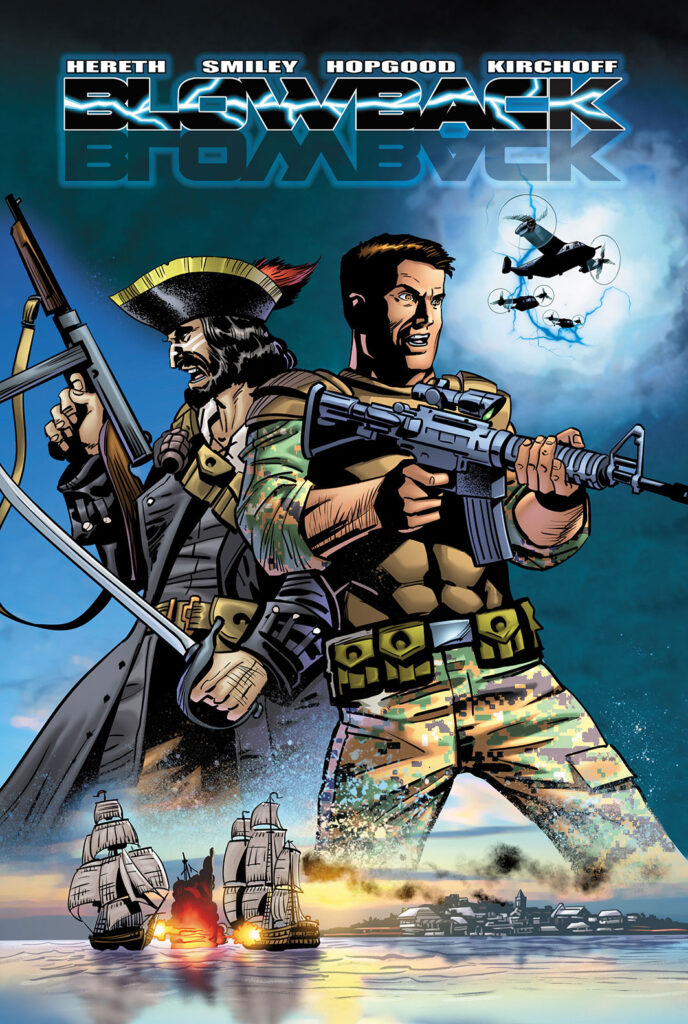
Jim Hereth‘s latest project is his debut action/adventure graphic novel, Blowback, available now at Amazon and comiXology.
![[TEXTSMITH] BLOG](https://blog.jameshereth.com/wp-content/uploads/2016/07/cropped-cropped-BulbsPlus.jpg)



